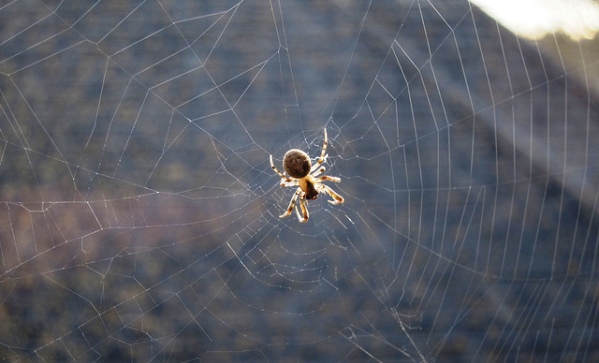The search for the toughest bugs is on. They’re living in hostile environments not previously believed to be able to support life: more acidic than a car battery, hotter than boiling point, icier than a penguin’s lunch box, and under more pressure than Stephen Harper on date night. They’re called Extremophiles: crafty critters evolved to thrive in whatever niche they can. Scientists are interested in them for what they can say about the possibilities for life on other planets.
An extremophile hunter for NASA, Richard Hoover has pursued these lifeforms all over the world, particularly Antarctica. As he said in a NASA press release: “One thing we’ve learned in recent years, is that you don’t have to have a ‘Goldilocks’ zone with perfect temperature, a certain pH level and so forth for life to survive.” Most extremophile are tiny, microbial bacteria — the barest evidence of life. But they’re tough enough to survive the most ridiculous habitats our planet can produce. So, try and man up about your commute, OK? Here are three of the weirdest and the most wonderful that have been discovered.
Worms From Hell
That’s the translated name (scientific name, “Halicephalobus Mephisto”) dubbed this past summer to newly discovered nematodes, or roundworms, living two kilometres under the earth in the bottom of South African gold mine. Previously, these creatures had only been found on the ocean floor near hot sulphur vents. Although only one-third of an inch in length, they are monstrous in size compared to any other life thought to live at those depths. As researchers told Nature magazine, it was like finding “Moby Dick in Lake Ontario.”
Metal Munching Martians
OK, these things ain’t Martians. Still, researchers in a crater in Oregon’s Cascade Mountains in discovered anSouth underground ‘lava tunnel’ in which resides a very specialized microbe whose geologic conditions match those found on the red planet. Without oxygen, or organic food, this one survives solely by munching minerals, such as iron, which it can ‘digest’ in a simple chemical reaction. Someone call John Carter!
Radioactive Spiderwebs
Scientists don’t really know what are these things they found last year living off spent fuel rod assemblies in a nuclear waste facility in Savannah, South Carolina. The fuel rods are kept in cooling pools, in an environment whose radioactivity is deadly to all known life. That is, except for another mold that was found growing on the remains of the Chernobyl Nuclear Power Plant in Ukraine in 2007.
——————–
Image courtesy of jk079.


